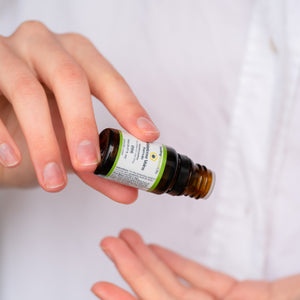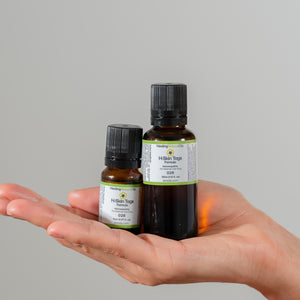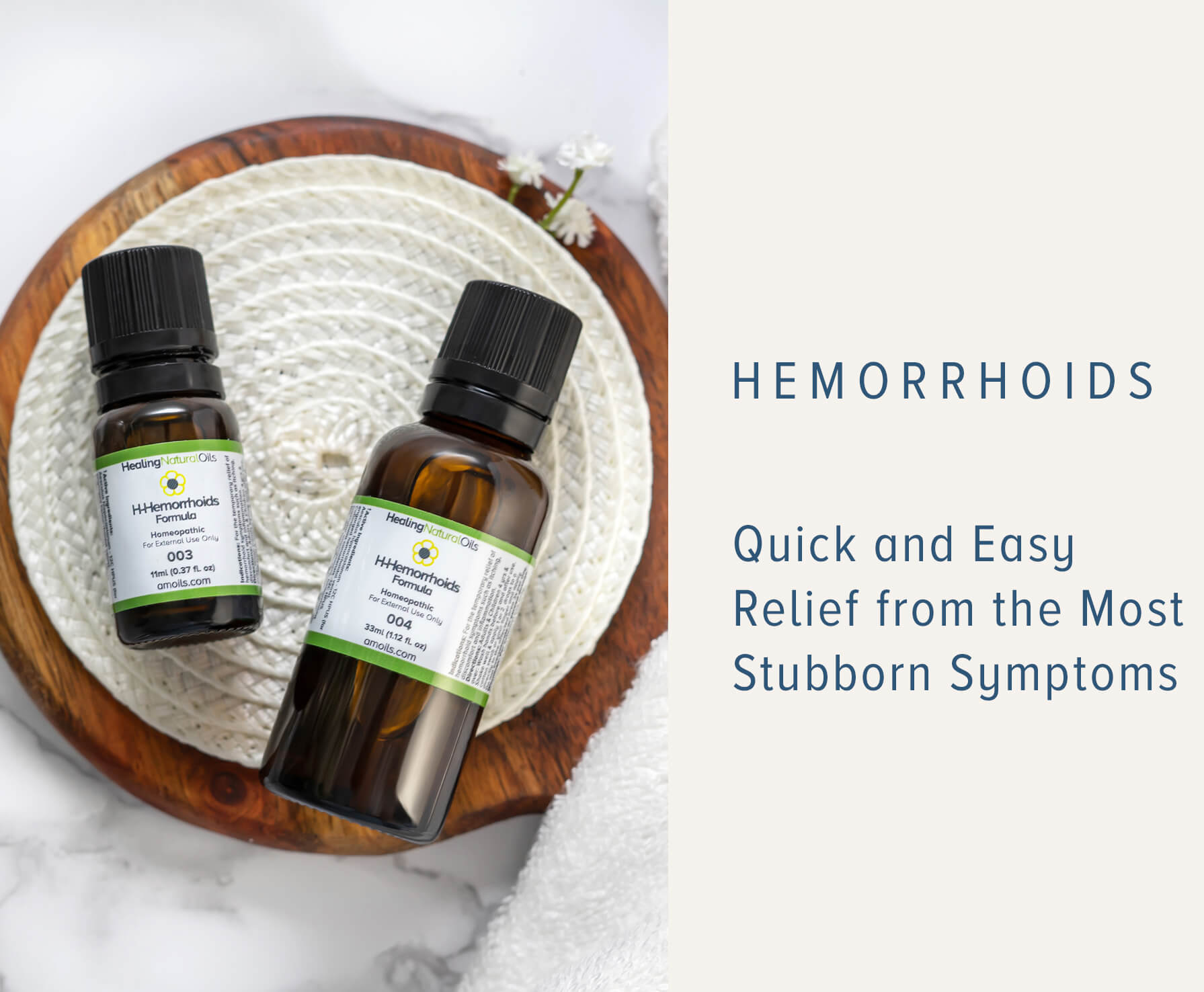-
20 YEARS OF NATURAL PRODUCTS
-
Proudly Manufactured in the USA
Never Tested on Animals
-
ALL NATURAL SINCE 2001
-
Highest Quality Natural Ingredients
Eco-Friendly Packaging
-
All Natural Since 2001
-
Over 1 Million Products Sold
90 Day Money Back Guarantee
100% Natural
90 Day Guarantee
Manufactured in USA

1m products sold
Our Blog
-

How to Persuade Your Family to Give Up Those Processed and Ultra-Processed Foods
How do you wean your family off processed and ultra processed foods?

How to Help Make Those Eyelashes Thicker - Even as You Age

Conquer Your Varicose Veins!
Varicose veins are large, raised, swollen blood vessels that twist and turn. <...

Your Career Can be Linked to a Healthier Brain
New research has suggested that the more you use your brain in your workplace, the less l...
Got Athlete's Foot or Nail Fungus?
Our feet work hard for us but they can also be an indication when there is a problem with ou...

Now is the Time to Take Care of Your Gut Health
When Spring comes round each year, we will often get the urge to spring clean our homes, our...

Do You Wake Up Each Morning With a Spring in Your Step!
Some of us are morning people and others of course are better at night.

Healing Herbs & How They Give Us More Natural Solutions
We have relied on herbs and herbal medicine to treat our ailments and conditions for centuri...

The Skin Tag Product You Need to Try
Use left/right arrows to navigate the slideshow or swipe left/right if using a mobile device
- Choosing a selection results in a full page refresh.
- Press the space key then arrow keys to make a selection.


















